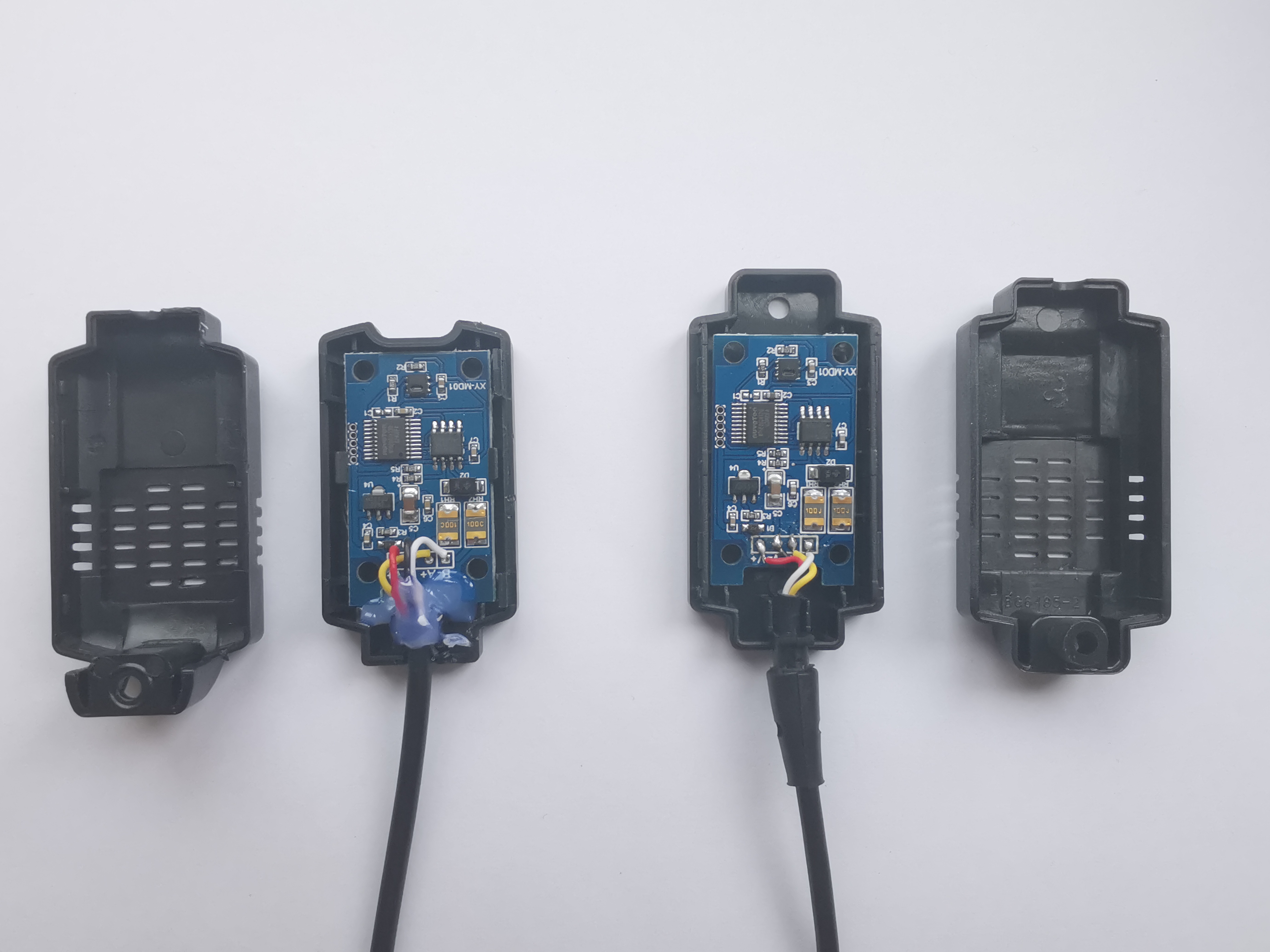If you have a large and serious data center, then the parameterization of temperature regimes is not a problem. There are proven solutions such as TAC Xenta programmable controllers that work via LonWorks. This is how we collect data in the Moscow data center Datahouse. But it is very difficult for an uninitiated mortal to collect the correct indicators from this bundle and display them in monitoring in the required form. In addition, the solution is industrial and quite expensive. Therefore, during the construction of a new containment area
in Yekaterinburg, we decided to experiment and implement an alternative solution for measuring the temperature in cold and hot aisles.
Nothing foreshadowed trouble ...
Since many systems in this data center are tied to the open communication protocol Modbus, we decided to order temperature sensors operating on this bus and collect data with further interpretation in the monitoring interface. Inexpensive sensors were quickly found on a well-known Chinese website and were ordered in lots of 20 and 40 pieces.
The first batch of 20 pieces arrived quite quickly, but upon closer examination it became clear that the sensors slightly differ in their housings. Does it matter, as it turned out, yes.

From the first batch, 15 sensors were started. Since there was no urgent need for the rest while we were working with them. By the time the second batch arrived, it was revealed that some of the sensors already installed in the bus have the behavior of a Christmas tree: they show incorrect data, give a checksum error, or fall off by timeout.
, .
60 8 .
:

—
, .
…
, : . .
, – . –
.


, «» . Modbus READ, PARAM, AUTO, STOP — . «» .
8 , Nu-Link,
. , - . :
« , ».
, .
.
Keil, 51, 8- MCU.
SHT 20 ( ), Modbus. , MCU Nuvoton N76E003AT20, , , .
i2c Modbus , . , SLAVE_ID — , .
, . , .
:

,
. 30°. , , 24 3.3, .
, , , . , , , – . , .
Despite the complications that have arisen, this solution has two clear advantages: cost and flexibility. The sensors can be installed in any convenient place, pointwise or combined into strings. It is possible to measure both the total temperature and the particular readings of individual instruments and devices. And most importantly, it all works great over Modbus.
The program is posted on GitHub - anyone interested can pick it up and play.
The cost of the sensor is only 300 rubles, but a programmer is needed.